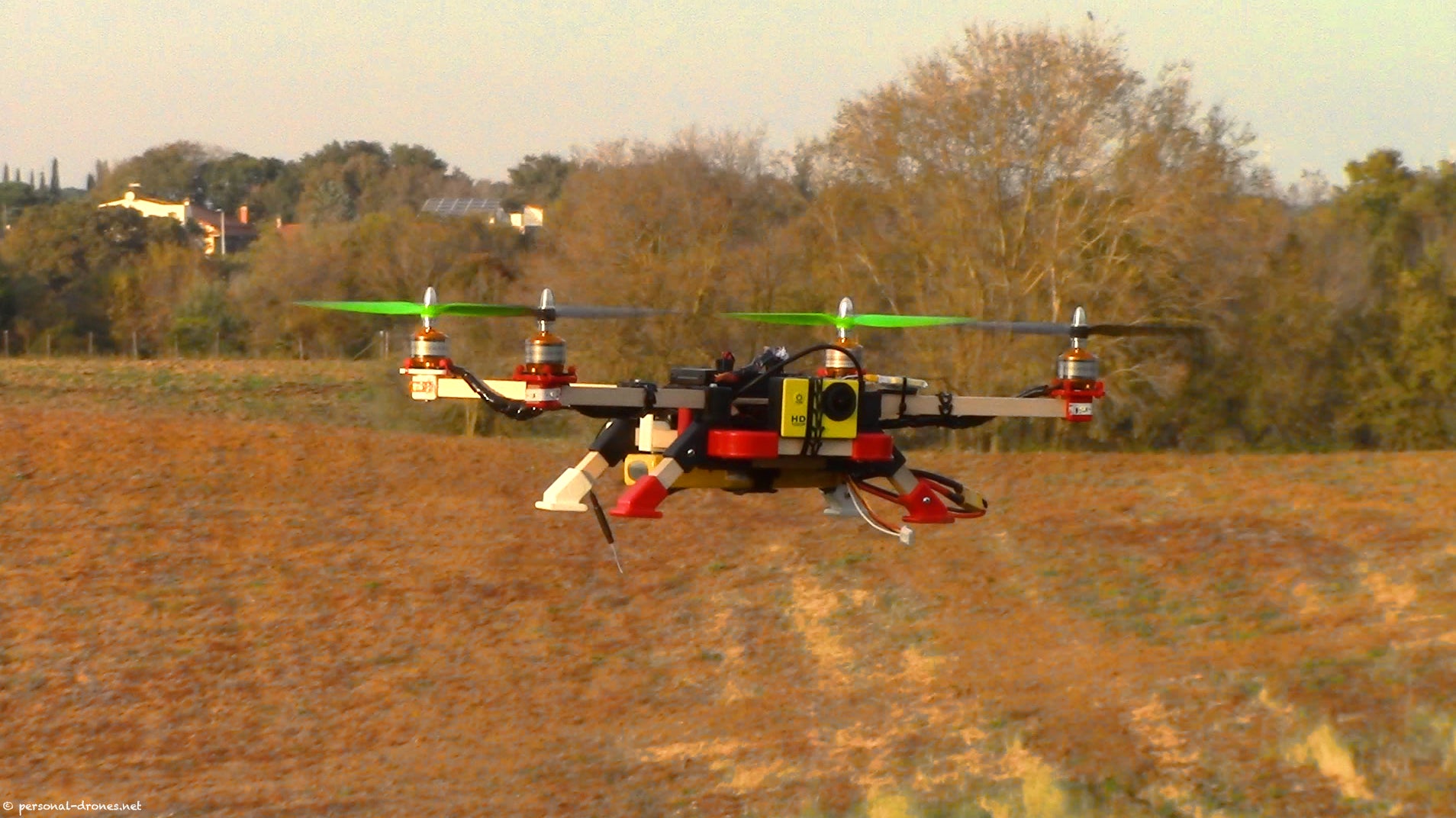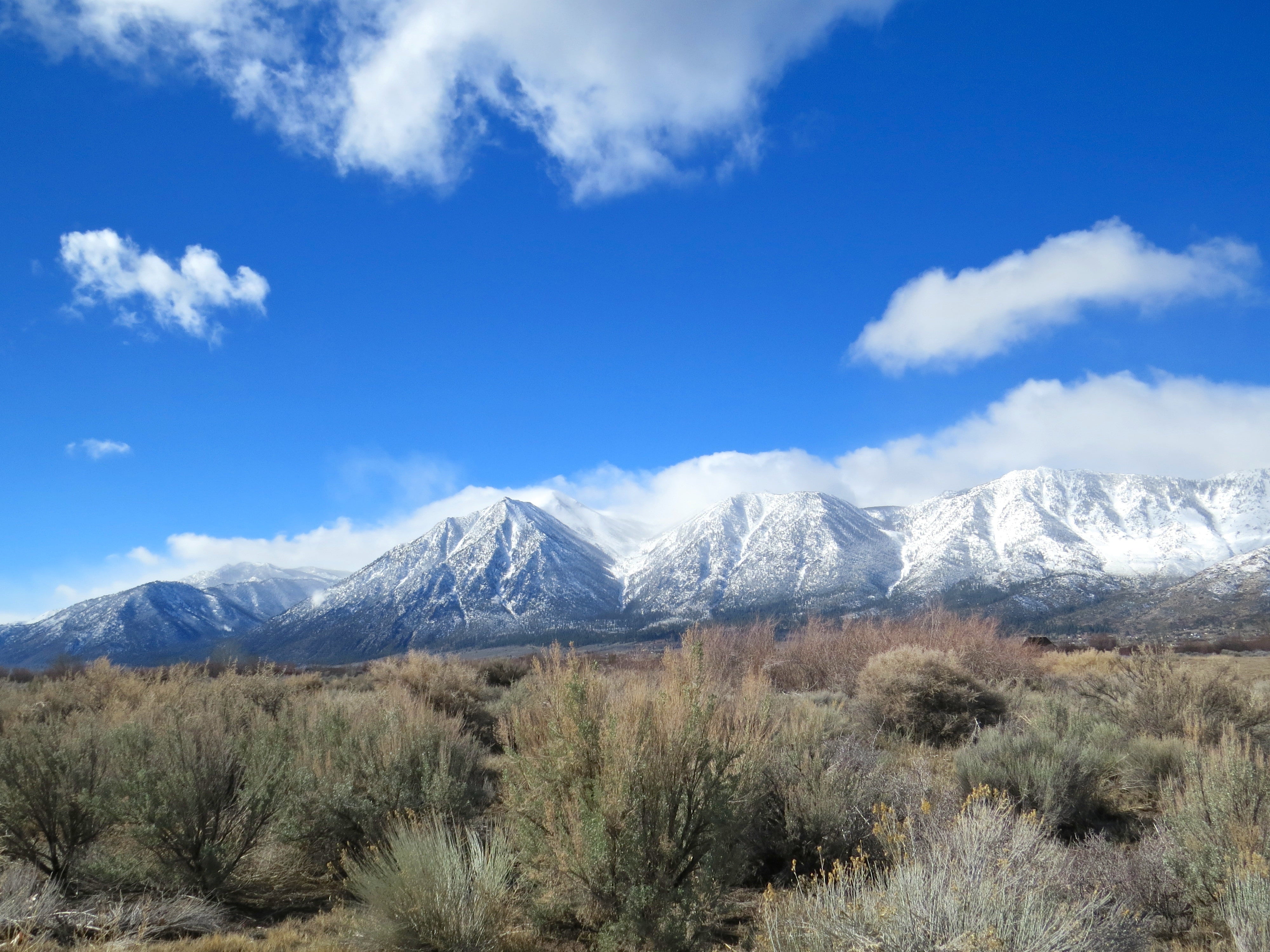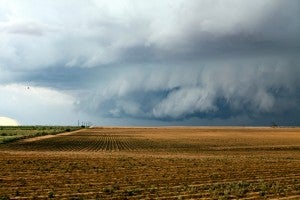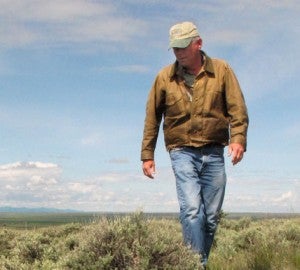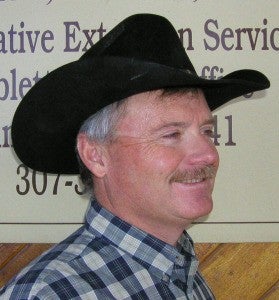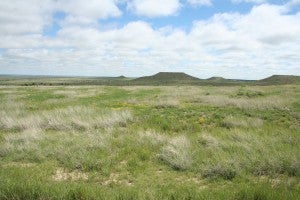
Heartland Ranch in Colorado. Credit: Nicole Rosmarino
One year ago this month the Climate Action Reserve, the premier carbon offset registry for the North American carbon market, approved the voluntary grasslands protocol: a landmark opportunity for ranchers to get paid for keeping their land as grazing lands, versus converting it to crops.
And now, the protocol is underway. Today, the Reserve officially listed the first two grassland conservation carbon projects– the first step in the process towards generating carbon credits for landowners.
The Southern Plains Land Trust, directed by Nicole Rosmarino, enrolled more than 15,000 acres in Southeastern Colorado in the first two projects. She plans to enroll 7,600 more acres in an additional project in 2017.
Even though ranchers lose the opportunity to convert land for crop production, the protocol provides landowners with a guaranteed revenue source in addition to what they earn ranching on the land. Nicole will work with a project developer to monitor and report on the status of the Southern Plains Land Trust’s grasslands. We expect they’ll start earning credits in early 2017 that can later be sold on the North American carbon market.
Here’s why you can get paid for protecting grasslands, too. Read More










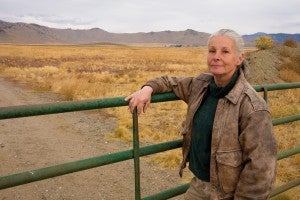 Nearly one-third of U.S. farmers are women, yet their contributions aren’t well known. The Rise of Women Farmers and Sustainable Agriculture, a new book from the University of Iowa press, aims to change this.
Nearly one-third of U.S. farmers are women, yet their contributions aren’t well known. The Rise of Women Farmers and Sustainable Agriculture, a new book from the University of Iowa press, aims to change this.